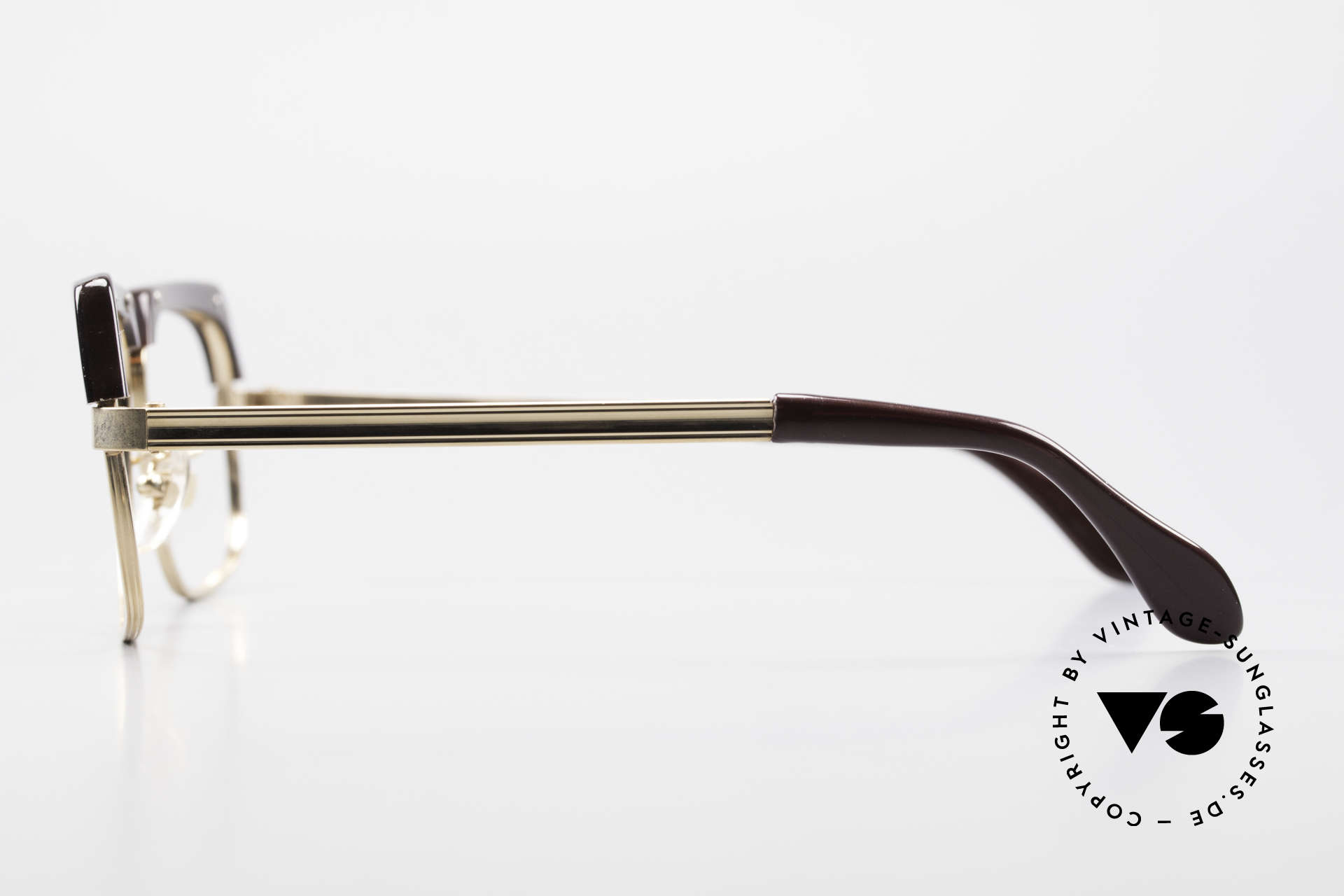

Which isn’t surprising considering that with every third or fourth step they took, they got down on their knees and then fully prostrated themselves on the ground, lying flat on their bellies and burying their faces in the dirt, before getting back up, taking a few more steps, and doing the painful prostration thing again. They were walking from their villages in southern Tibet to Jokhang Temple in Lhasa, Tibetan Buddhism’s holiest site, and the journey had taken them nearly three months. The first devout Buddhists I encountered looked neither healthy nor happy. “It keeps me healthy and happy,” she said, reducing Tibetan Buddhism, as so many Dalai Lama-loving undergrads do, to the religious equivalent of knocking back a vitamin pill. Korom’s students at Boston University when he asked her why she was wearing a Tibetan Buddhist necklace. Or consider the answer given by one of Frank J. Watching Jennifer Aniston’s character Rachel read a collection of the Dalai Lama’s teachings in Central Perk on Friends a few years ago, you might also think that Tibetan Buddhism is something you can ingest while sipping on a skinny-milk, no-cream, hazelnut latte.

Tibetan Buddhism has a “resonance and a sense of mystery,” says Gere, through which you can find “beingness” (whatever that means). Listening to Richard Gere, the first incarnation of the Hollywood Lama, you could be forgiven for thinking that Tibetan Buddhism involves sitting in the lotus position for 20 hours a day and thinking Bambi-style thoughts. The most striking thing is how different real Tibetan Buddhism is from the re-branded, part-time version imported over here by the Dalai Lama’s army of celebrities.

I know I’m not supposed to say this, but Tibetan Buddhism really freaked me out. I couldn’t wait to leave the temples and monasteries I visited during my recent sojourn to Shangri-La, with their garish statues of dancing demons, fat golden Buddhas surrounded by wads of cash, walls and ceilings painted in super-lavish colours, and such a stench of incense that it’s like being in a hippy student’s dorm room. Kalu Rinpoche bent very slowly to the Tibetan monk near to him who was serving as the translator, and they whispered back and forth for several minutes.Many Westerners before me have visited Tibet, popped into some monastery on a mountainside, and decided to stay there forever, won over by the brutally frugal existence eked out by Tibetan Buddhists. "What is this?" the Zen master insisted, holding the orange up to the Tibetan's nose. The Tibetan sat quietly fingering his mala and made no move to respond. "What is this?" This was a typical opening question, and we could feel him ready to pounce on whatever response he was given. The Zen master, who was already gaining renown for his method of hurling questions at his students until they were forced to admit their ignorance and then bellowing, "Keep that don't know mind!" at them, reached deep inside his robes and drew out an orange. The Tibetan lama sat very still, fingering a wooden rosary (_mala_) with one hand while murmuring, _"Om mani padme hum"_ continuously under his breath. They settled onto cushions in the familiar cross-legged positions, and the host made it clear that the younger Zen master was to begin. The two monks entered with swirling robes - maroon and yellow for the Tibetan, austere grey and black for the Korean - and were followed by retinues of younger monks and translators with shaven heads.

This was to be a high form of what was being called _Dharma_ combat (the clashing of great minds sharpened by years of study and meditation), and we were waiting with all the anticipation that such a historic encounter deserved. The teachers, seventy-year-old Kalu Rinpoche of Tibet, a veteran of years of solitary retreat, and the Zen master Seung Sahn, the first Korean Zen master to teach in the United States, were to test each other's understanding of the Buddha's teachings for the benefit of the onlooking Western students.


 0 kommentar(er)
0 kommentar(er)
